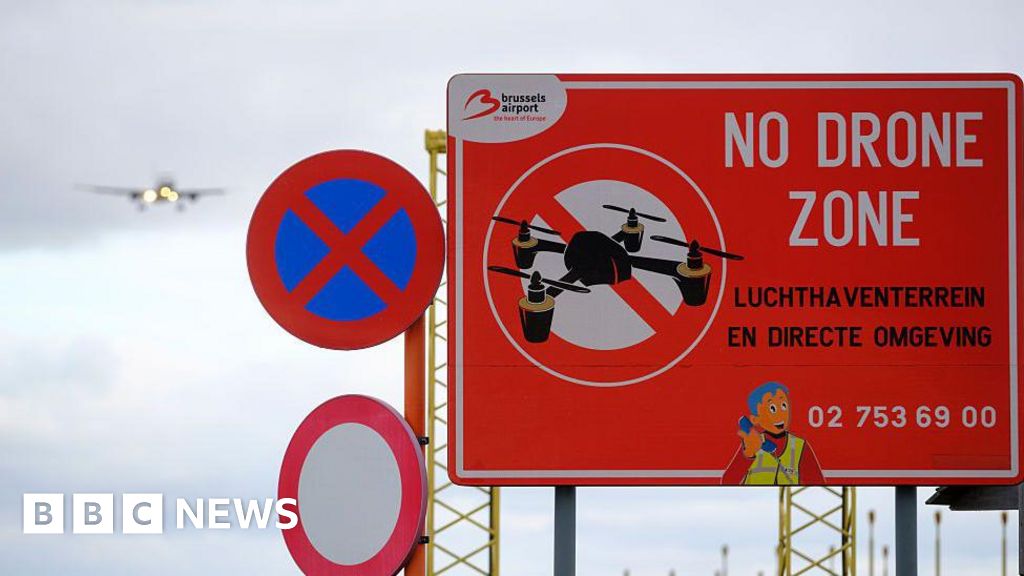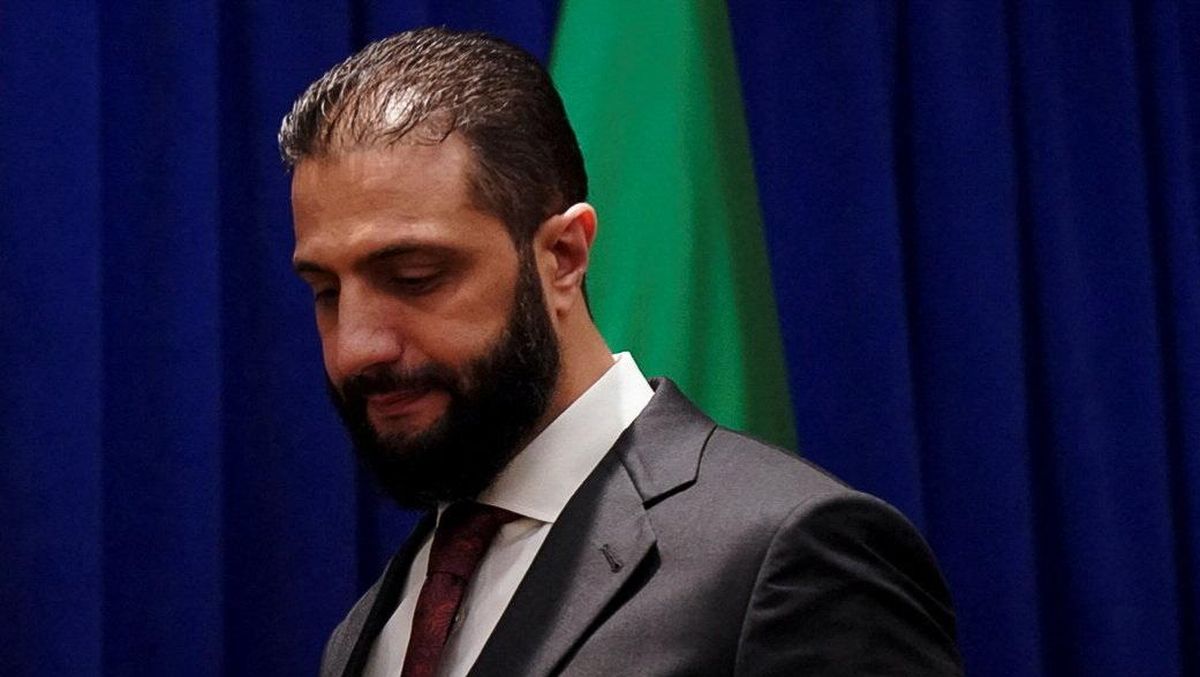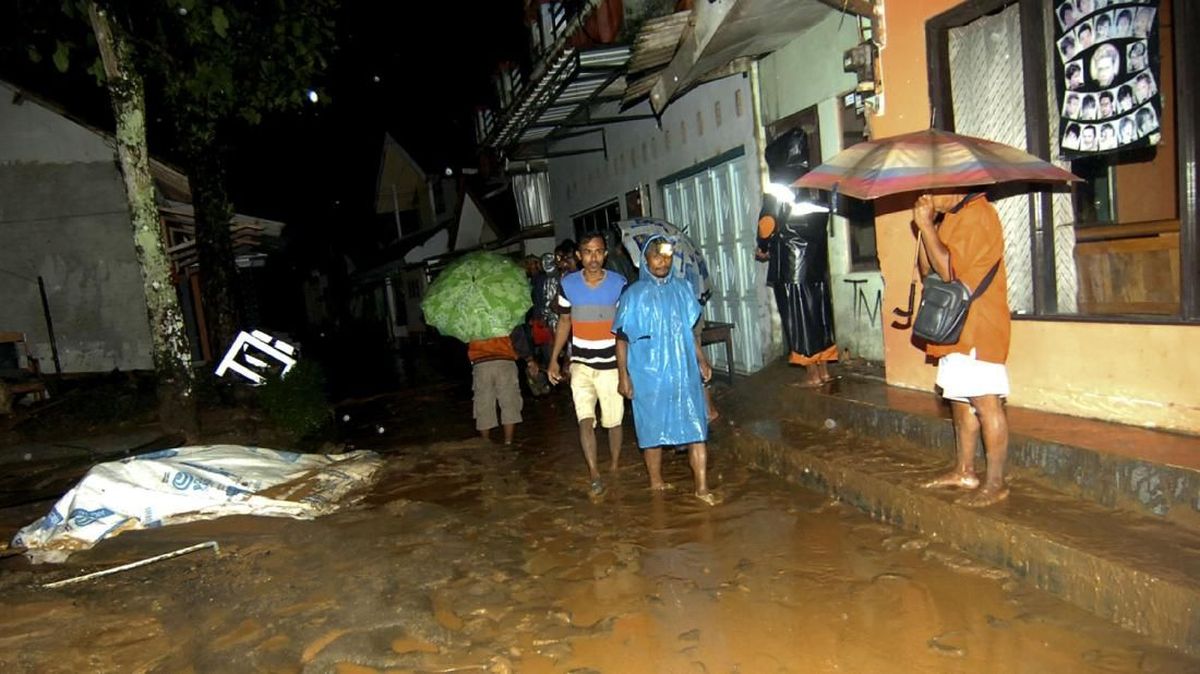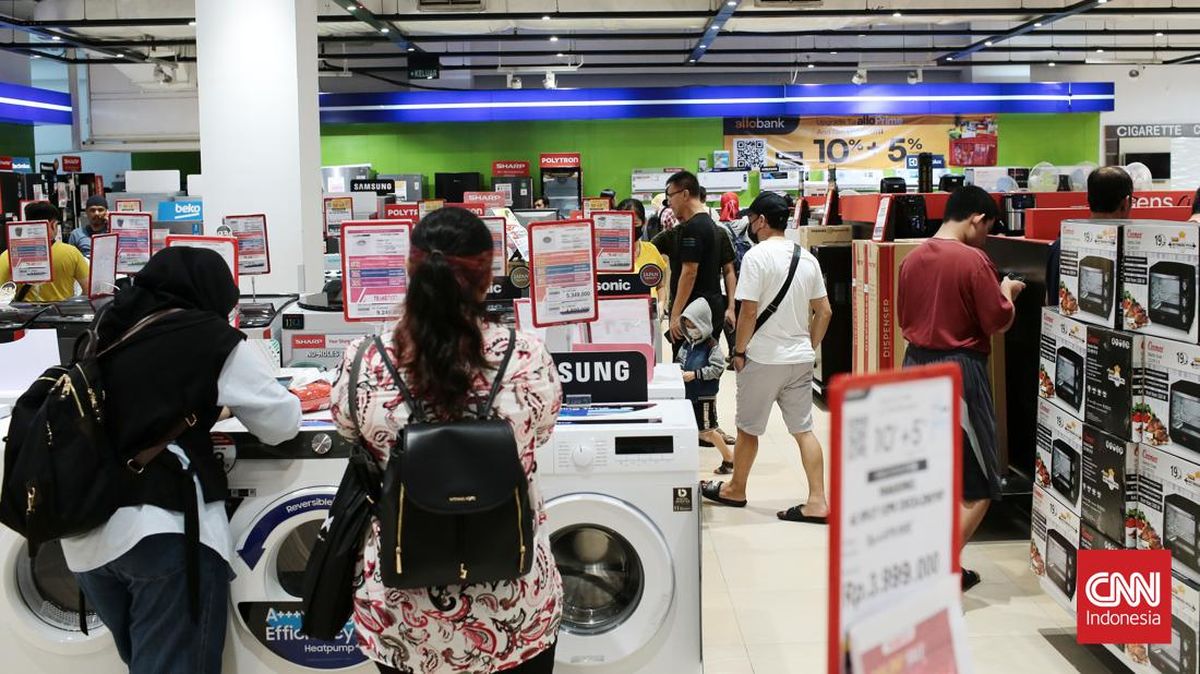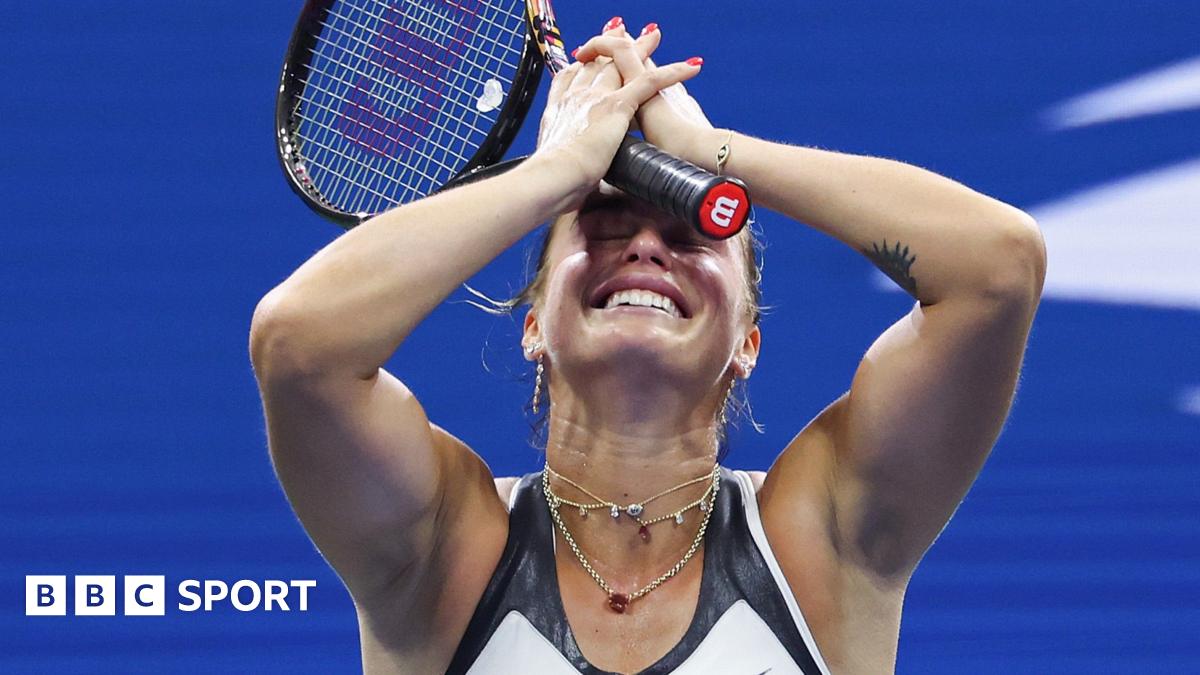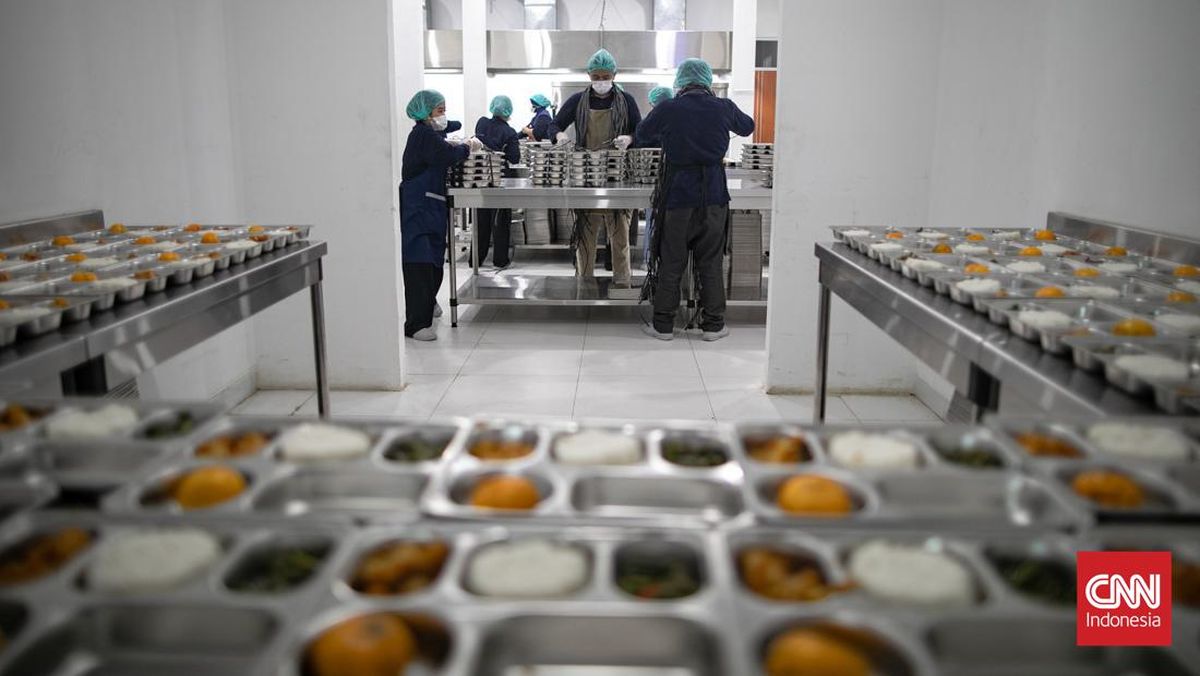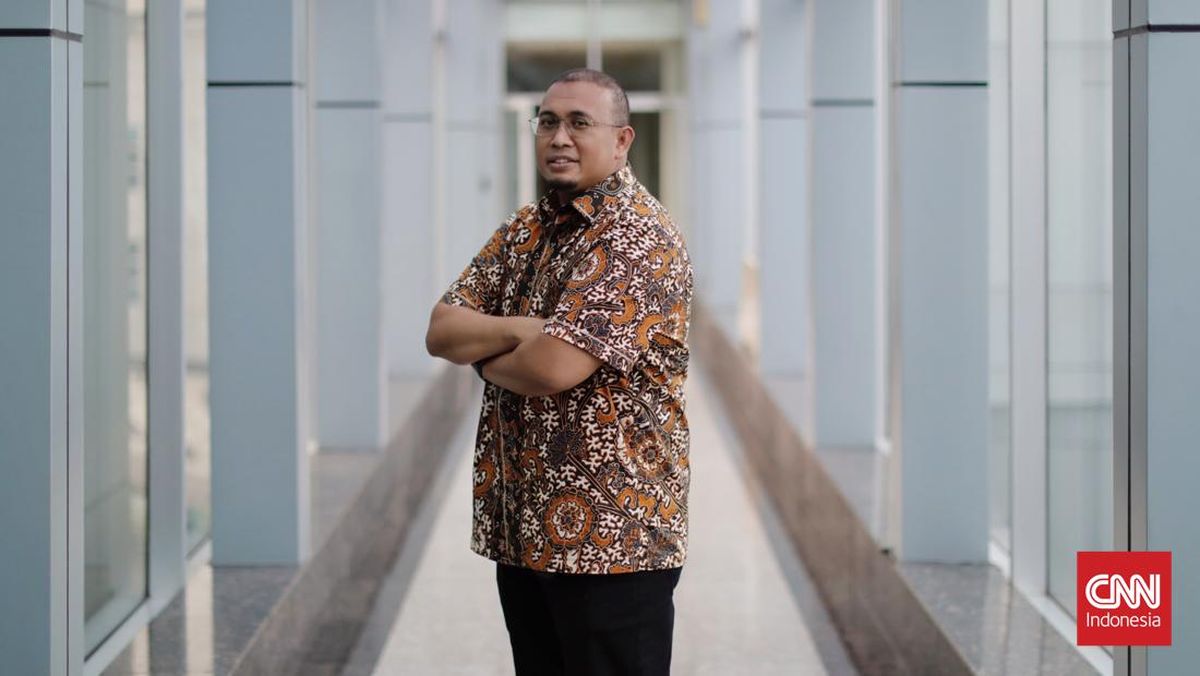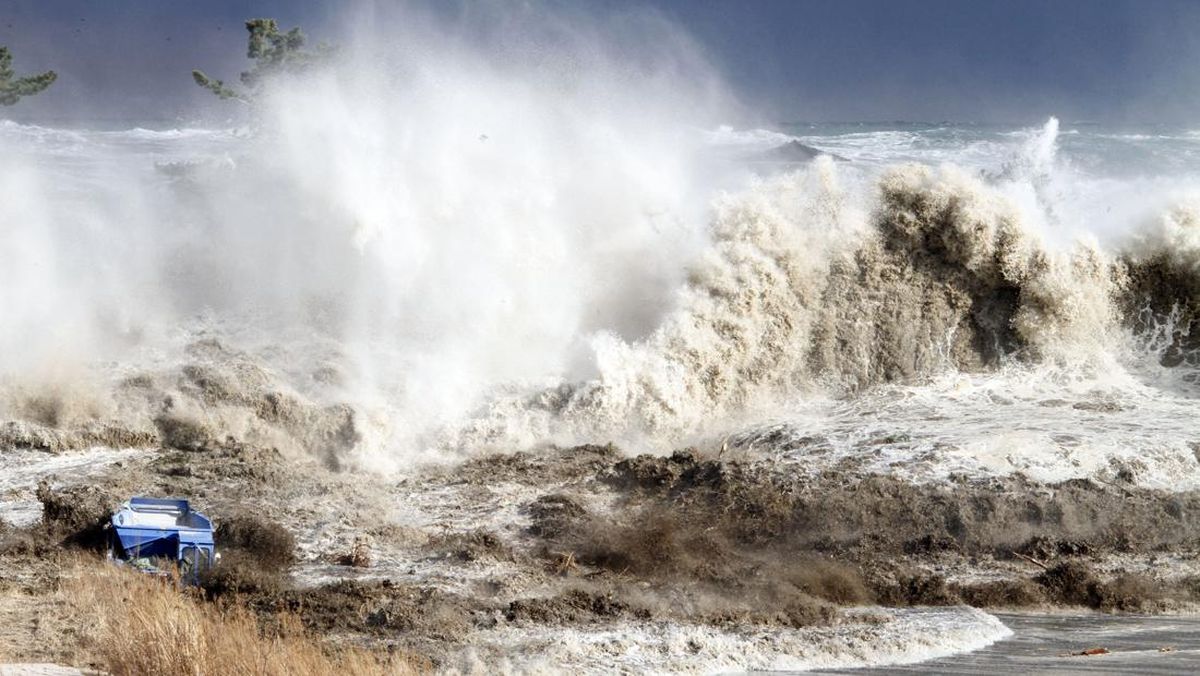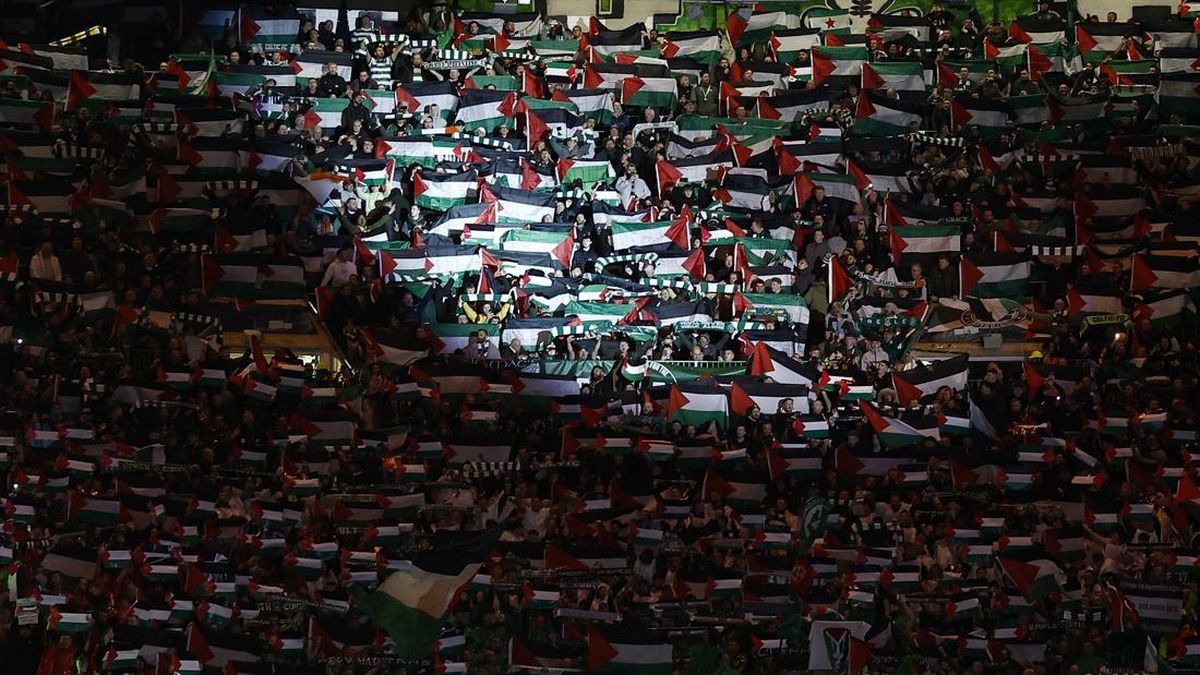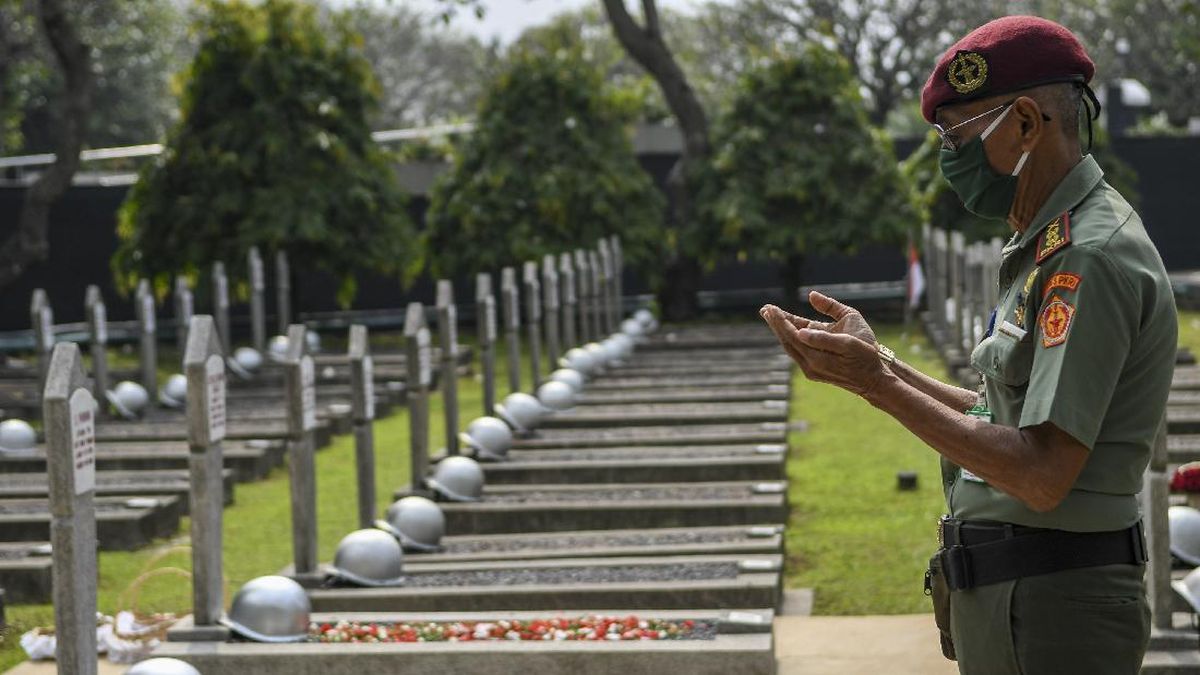At Hartford College, students read A Christmas Carol by Charles Dickens in late primary, Virgil’s Aeneid when they hit year 7 and Lord of the Flies in year 9. The tale of schoolboys going feral on a deserted island is a favourite, as is George Orwell’s Animal Farm. “It’s like, very deep about the Russian Revolution, while creating a humorous vibe,” says Will Brown, 14.
Ben Mitchell, also 14, studied Beowulf this year and will soon tackle Homer’s Odyssey, in between Latin and philosophy. “We did rhetoric last term, and this term, we’re just learning about different writings like Augustine and stuff,” he says.
It might sound like a chapter of Goodbye, Mr Chips, but this is one of Sydney’s newest schools. Hartford College launched in the eastern suburbs in 2023 and is the only all-male school to have opened in the city in decades. It’s where the TikTok generation meets Socrates, funded by the Catholic Archdiocese of Sydney and inspired by a conservative political and religious movement in the United States to revive liberal arts-style education.

Hartford College principal Ian Mejia with students Matthew Hiu, Ben Mitchell and Will Brown. The all-boys school requires its students to read books from the literary canon. Credit: Steven Siewert
In a multicultural society like Australia, emphasising Western civilisation in classrooms can be fraught. Even Catholic educators sympathetic to the idea wonder if it’s possible at scale without igniting a Ramsay Centre-style culture war. There’s also the problem that neither the Catholic Church nor the Western canon are renowned for gender parity; the only female author on Hartford’s reading list is Harper Lee.
But Sydney’s Archbishop Anthony Fisher – a political and theological conservative – believes the liberal arts answer two problems: a fear that Catholic schools aren’t doing enough to spread Catholicism, and the related concern that the education system is too focused on vocational and material outcomes and no longer shapes character, develops moral virtues, or promotes the joys of learning.
Fisher also believes the liberal arts can “enlarge hearts and horizons with truth, beauty and goodness,” according to a speech last year.
In the US, the liberal arts and classical education movement has been under way for about 15 years, driven by political and religious conservatives who bemoan what they view as woke curricula. There are more than 1500 such schools in the US; the country’s Catholic Chesterton Network, to which Hartford is linked, has about 70 of them.
Some US families are attracted to liberal arts because they think modern schooling, dominated by fads over the past 100 years, isn’t good enough (there’s less curriculum standardisation in the US, so quality control is a bigger problem).
But there’s a political element too. A vocal proponent of liberal arts is Pete Hegseth, Fox News presenter turned US Secretary of Defence under Donald Trump. His 2022 book, The Battle for the American Mind, argues that the political left shapes the supply line of citizens through government schools, which produce students who “come out … hating America” (Australia’s then-education minister, the Coalition’s Alan Tudge, used similar language in 2021).
The answer, Hegseth says, lies in reviving a lost, classical philosophy of education, “grounded in virtue and excellence”.
Fisher has strong links to conservative Catholic bishops in the US and to political conservatives at home. But his promotion of classical education is at odds with others on the political right, who are dismissive of the humanities and proudly anti-intellectual.

Sister Cecelia, the only nun who is also a principal of a Sydney Catholic school, is incorporating liberal arts into her Regents Park primary school. Credit: Sam Mooy
On one level, the Catholic attraction to the liberal arts is obvious; it traces everything good about the modern world to the Judeo-Christian tradition.
But it appeals on another level. “It’s founded on the idea that there are absolute truths,” says one Australian Catholic educator, speaking on the condition of anonymity so they can speak freely. It challenges “the whole postmodern idea that everything is contestable”.
Another educator, also speaking on the condition of anonymity, says it’s symptomatic of the church’s refusal to move with the times. “Underlying all of this is a fundamental failure to engage with modernity,” they say. “There’s certain things they cleave to, and one of those is anti-woke; any highlighting of inequalities is dismissed as being ‘woke’.”
Loading
The Australian Catholic Church first dipped its toe into the liberal arts via tertiary education. The small but influential Campion College was founded 20 years ago near Parramatta, saying a true liberal education “develops the mind, shapes character, and fosters wisdom”. It makes no secret of its conservative links; mining billionaire Gina Rinehart funded its library, and it has a hall named after controversial cardinal George Pell.
Campion recently found itself at the centre of a racism storm, after this masthead revealed two of its senior academics, dean of studies Stephen McInerney and senior history lecturer Stephen Chavura, claimed white Australians were being replaced by immigrants. Campion distanced itself from the comments while defending the academics’ right to freedom of speech. At the time of publication, both men were still employed there.
Liberal arts as a Trojan horse for white nationalism is exactly what critics of the study of Western civilisation warn against. However, even moderate Catholic and secular education leaders argue that the two Stephens from Campion College are outliers and tarnish a not-so-crazy idea. “I think the movement as a whole should be given more credit than that,” says one.
Hartford is one of a handful of experimental liberal arts schools in Australia (there’s one in Brisbane, and another in Adelaide). With just 30 students, it’s easier to use the Socratic method (teacher-student dialogue) and tackle difficult texts than in a bigger school.
Even so, the school has to work hard to turn some students into readers. They read some of the denser material together in class. “Reading is becoming a lost art in society,” says Hartford principal Ian Mejia. “And you know, when you’ve got [YouTuber] Mr Beast blowing up a Lamborghini, you know, trying to get kids to focus on a text can be difficult.”
The question troubling Catholic educators is whether the established diocesan school network, about 30 per cent of Australian schools, could also embrace a liberal arts focus, given the constraints of teaching capacity, varying student abilities and a government-mandated curriculum, not to mention potential parental backlash.

Sister Cecelia with students at the St Peter Chanel Primary School in Regents Park.Credit: Sam Mooy
Catholic Schools NSW thinks it can, and should. The body that governs the state’s 10 dioceses argued in a recent paper that families want a schooling option that’s not just about ticking off the syllabus, but builds deeper intellectual foundations, forms character, and sets up a lifelong love of learning. “It is not a rejection of useful knowledge,” the paper says, but “acknowledgement that education is about more than giving students useful information and skills.”
It argues this is possible within the NSW curriculum, known as one of the most rigorous in Australia, which also encourages breadth and has a wide reading list. “A liberal arts education in NSW could simply be to choose a classical Western text whenever there is an option to do so,” the paper argues.
Loading
Some schools are taking on the challenge. One is the newly co-ed St Mary’s Cathedral School, which has a liberal arts-inspired program focused on character formation. Another is St Peter Chanel Primary School in Regent’s Park, a school of 384 students, 88 per cent of whom speak a language other than English, and more than half of whom are not Catholic.
St Peter Chanel is part of the Sydney Catholic Schools network, but an unusual school. It’s the only one in Sydney that has a consecrated nun for a principal. Sister Cecilia Joseph is from a Nashville-based Dominican order that still wears a habit. The sisters have taken on Fisher’s challenge.
“There is a renewal in the liberal arts that’s well on the way in the United States,” she says. “Here in Australia, we’re at the beginning of this renewal. The liberal arts is a way of being … more intentionally Catholic, more deeply Catholic.” The sisters began with making their school more aesthetically beautiful (classical art, greenery), “which leads to an inner ordering of virtue”. They’re reducing technology, “so children can really think deeply”.
The behaviour policy is framed in terms of virtues, such as patience, honesty, and charity, and the sisters are looking at teaching the syllabus in more depth, “especially around the areas of literature and history,” Joseph says.
Under the public funding system, Catholic schools – or schools of any religion – can teach their values as long as they comply with curriculum requirements.
Frank Bongiorno, a history professor at the Australian National University, said a liberal arts focus has upsides and downsides for schools. It is “potentially conservative, male-dominated and narrow, yes,” he says. “Clearly, schools should not be places for cultural warfare, or political theatre, whether from right or left. On the other hand, teaching Latin is admirable and liberal arts, broadly conceived, equally so.”
As one Catholic educator says, putting forward these ideas for public schools would “have people accusing you of indoctrination”. “For us and our system, it’s about moral formation and a holistic approach to the world, in terms of seeing God in all things.”
Start the day with a summary of the day’s most important and interesting stories, analysis and insights. Sign up for our Morning Edition newsletter.
Most Viewed in National
Loading

